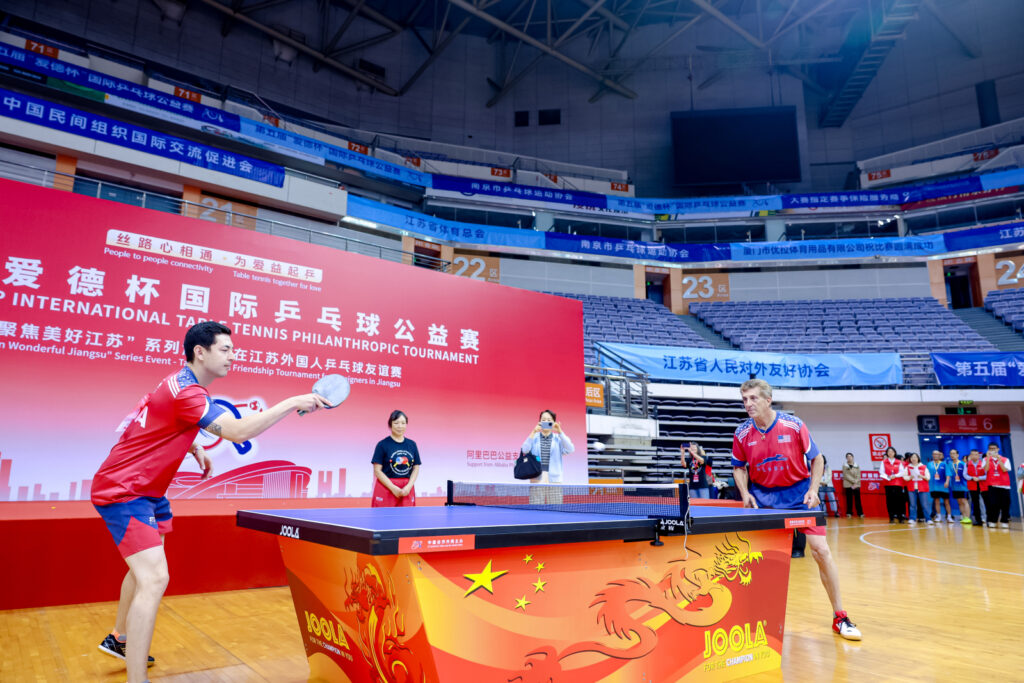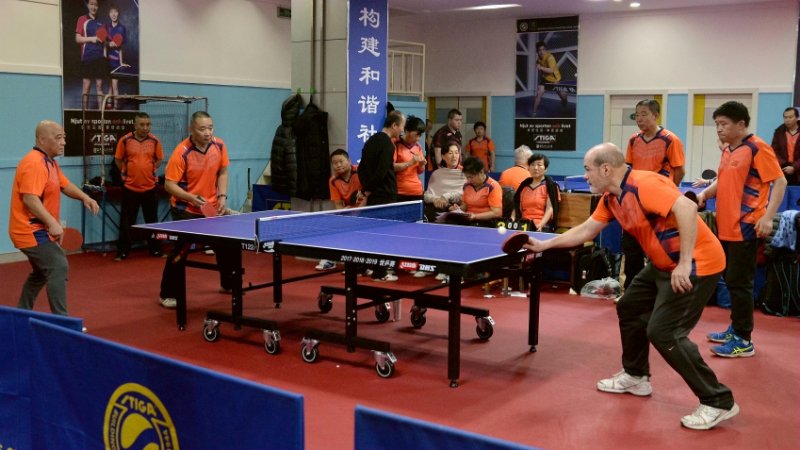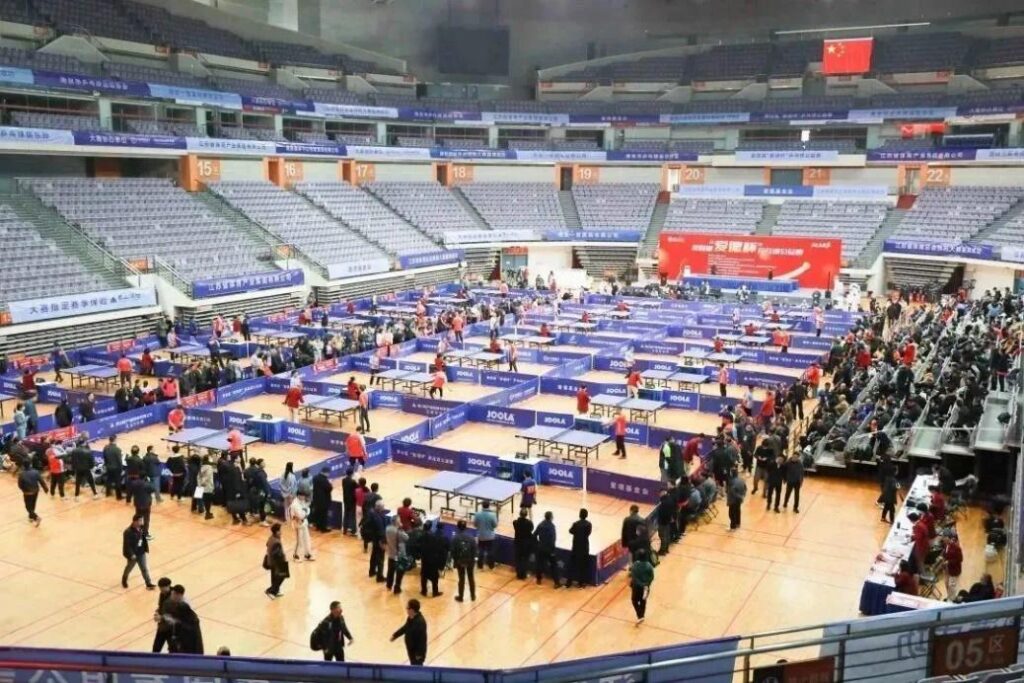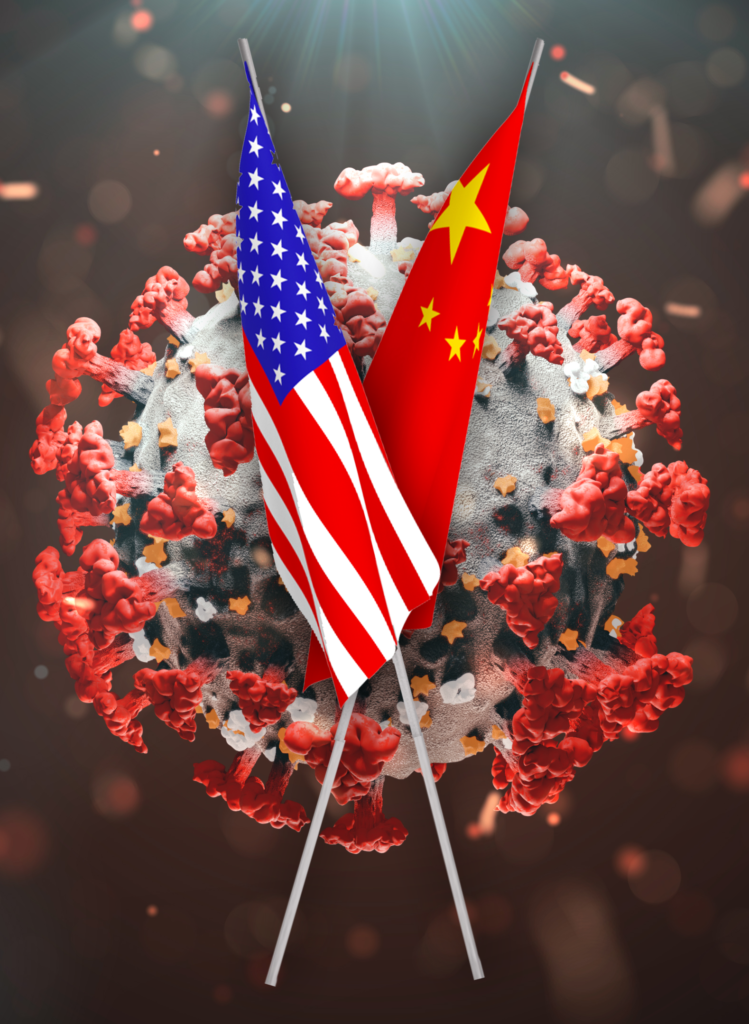
The Word 4 Asia blog has often contrasted the differences, as well as the similarities, between American and Chinese culture. We believe that a better understanding of how each culture perceives the world, and behaves within it, is a successful foundation for lasting partnerships between our nations, and our nations’ businesses. Of course, the biggest story across the entire world in 2020 is the corona virus and how all peoples and nations have responded. Our blog this month describes how mainland China and Hong Kong have each been able to successfully ‘flatten the curve’. For the sake of this article we will use the official numbers reported by both countries. The United States, because of our own traditions and culture, has not fared as well and, as of 9/1/20, six months since the pandemic first shaped our present reality, we continue to struggle.
Our two nations have a fundamental difference in priority. In general, China strongly values community focus. The United States has historically honored the importance of the individual. This cultural difference has led to the development of two very different ways of leading each nation’s people through a threat as serious as Covid-19. In China, community focus leads to personal refusal of putting anyone else at risk. The Chinese would rather sacrifice some personal liberties than risk extensive exposure to the masses. High density housing in China makes this all the more a factor in their approach. In the United States, we still teach Patrick Henry’s famous cry, “Give me liberty or give me death.”
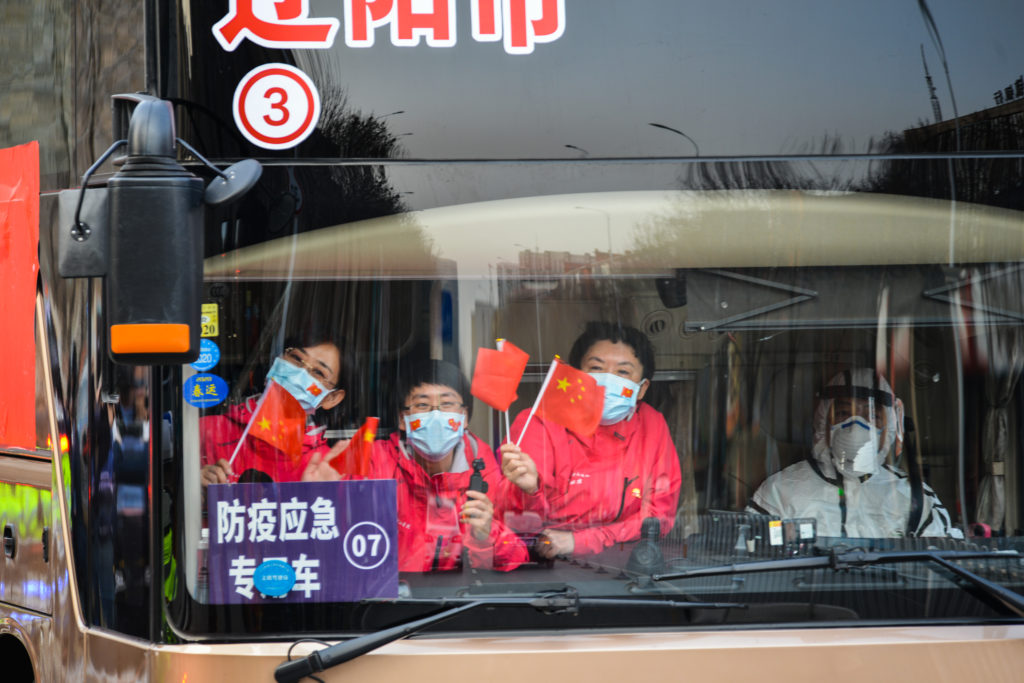
According to data released more than 80% of China’s corona virus related deaths occurred in Wuhan. After the situation there mushroomed and was understood China moved resolutely to take firm control of the situation. The central government implemented stringent social controls. Their example is one of the largest mass mobilization efforts in human history. Examples:
- All schools were closed
- All people were forced, and kept, in-doors. One facet of this included the implementation of formal door-passes for people to get into and out of their apartments and homes. The entire city of Wuhan, at one point, was closed off; no one was let in, or out, of the city.
- More than a dozen huge, temporary hospitals were assembled and thousands of extra medical staff were deployed to Wuhan.
- Infected people were isolated on an enormous scale, in stadiums, exhibition halls, and anywhere else that could be co-opted for the purpose.
- China’s huge tech industry also focused on the problem; Tencent and Alibaba both developed ‘health code’ apps that helped monitor and control the spread of the virus. These apps are similar to ones developed by Google and Apple and widely used in South East Asia and Europe. All of these rely on Bluetooth technology to detect close contact with infected people.
China’s response was systematic, comprehensive and coordinated. Their lockdown was more intense than nearly any other place in the world.
On the other hand, Hong Kong managed to avoid lockdown and there are several important reasons why they could.
First, Hong Kong had already experienced the SARS epidemic. The people there were able to use their experience in that earlier event and that made them much more alert and diligent.
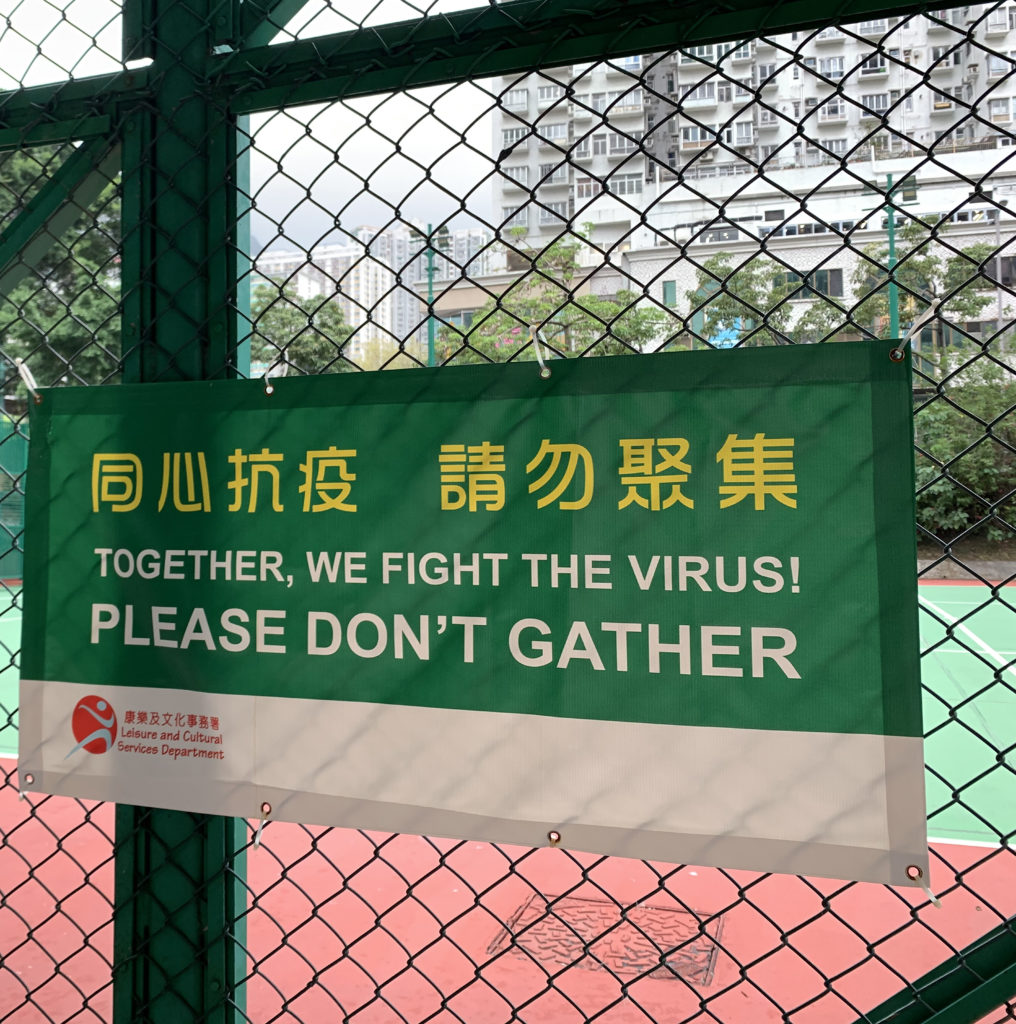
In addition, Hong Kong instituted strong border control and tight quarantine measures. Examples: nine out of twelve border checkpoints were closed in January, and starting in late March the city banned all non-residents from entering Hong Kong.
Also, Hong Kong resurrected its network of ‘Neighborhood Committees’ as part of its defense against the virus. These largely volunteer staffed committees were led by scientists and medical experts and were directed in contract tracing activities such as daily door-to-door check ins and monitoring of ankle bracelets (worn by anyone who had been infected by the virus and used to track and control patient movement). Local Neighborhood Committees were empowered to seal homes shut, preventing anyone inside homes suspected of infection from leaving until testing and contract tracing had been conducted.
As mentioned earlier, America’s approach to the pandemic has been very different. At this time, Covid-19 continues to spread throughout our nation, but there is no centralized mandated control of the situation. Policy is left to the States and in some cases the city officials. Many of our citizens continue to resist the instructions, advice and direction provided by the CDC with regard to the use of PPE, social distancing, and rigorous hygiene. We have seen stay at home guidelines lifted once situations were deemed ‘under control’. Today, we have over six-million cases, over 24% of global cases. We’ve had 184-thousand deaths, almost 22% of global corona virus-related deaths (keep in mind that the US population is only 4% of the total world population). On the other hand, despite the fact that Wuhan was the origin of the virus, reported Chinese deaths related to Covid-19 are only 4,634, approximately .03% of their population. In the US, Covid-19 related deaths are approximately .06% of our population.
NOTE: Of course, there is legitimate debate regarding whether all deaths reported were caused by Covid 19 or whether these figures simply report those who died were diagnosed as having Covid 19. We also have chosen here to use officially reported figures to illustrate a cultural differential.
The point of this article is not to debate cultural values. Our intent is to simply describe how each nation has responded. In the United States, we have a heritage of protecting the ‘civil liberties’ and ‘human rights of our citizens. Does the well being of the community supersede the rights of the individual? How a country responds in crisis reflects assumptions of priorities and values. We wish well for both countries and quick resolution to this challenging time. Hopefully COVID 19 is something we look at in the rearview mirror in 2021.
Word4Asia works hard to help our clients understand the challenging environment in China. It is a country full of promise where we have spent over two decades helping our clients achieve their goals. If your path is leading you towards China, we hope you’ll contact us. You can reach Dr. Gene Wood at gene@word4asia.com

